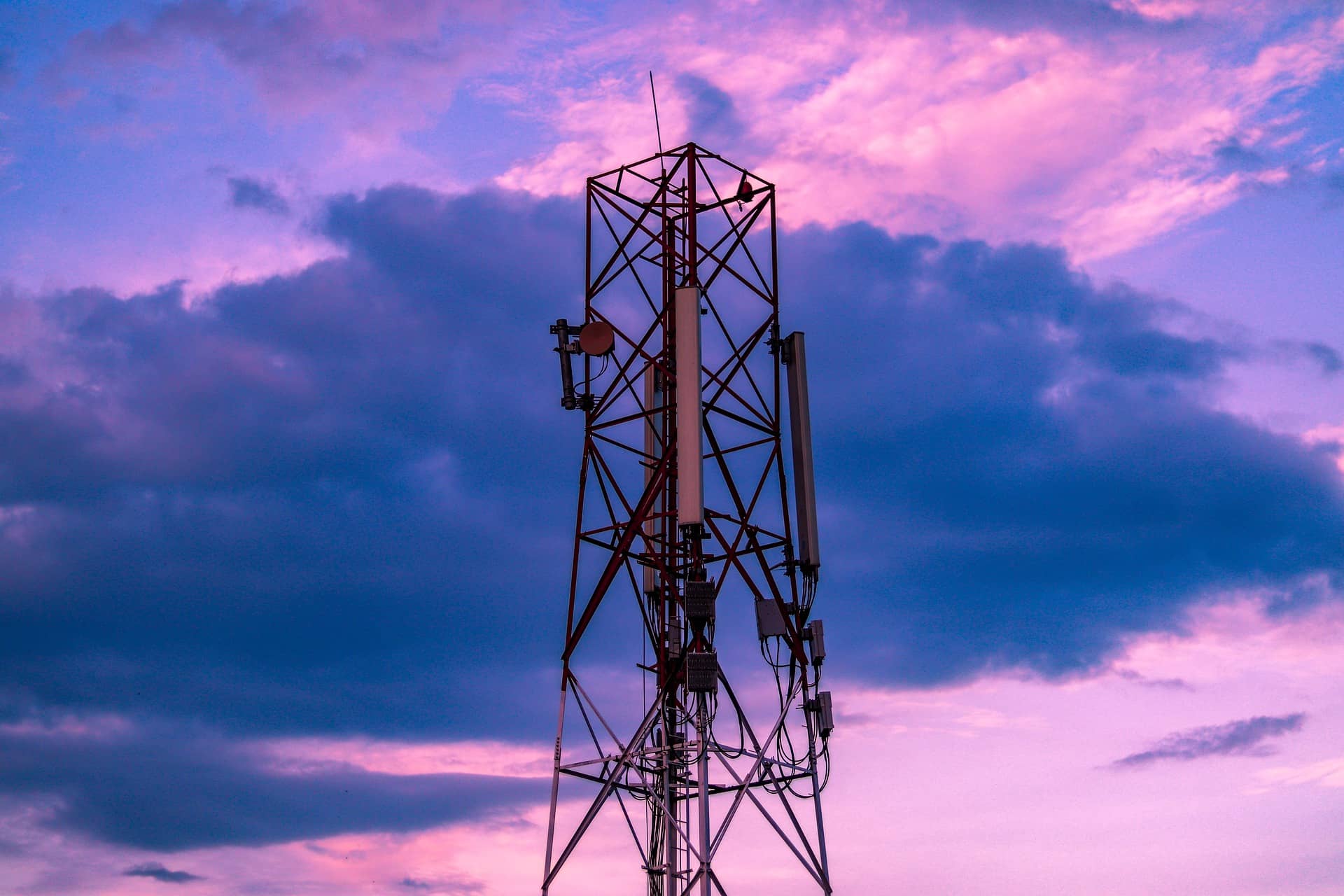
Sustainability was undeniably one of the hottest topics at this year’s Mobile World Congress, with operators and equipment vendors alike keen to show off their ever-improving green credentials. But while the telecoms industry is making a largely concerted effort to reduce their carbon emissions and, indeed, to help their customers and partners do the same, there is still much work to be done.
Orange, like many of the world’s largest network operators, including Vodafone, Deutsche Telekom, BT, and Telefonica, has set the ambitious goal of reaching carbon neutrality throughout their entire value chain by 2040. To achieve this, the Orange has been implementing Group-wide changes over the past two years, including appointing Hervé Suquet as the Group’s dedicated VP of Energy to oversee these changes.
Speaking to Suquet at this year’s MWC, it became clear that Orange’s strategy towards going green and reaching their net-zero carbon emissions goals revolves around three key focuses…
Sustainability was undeniably one of the hottest topics at this year’s Mobile World Congress, with operators and equipment vendors alike keen to show off their ever-improving green credentials. But while the telecoms industry is making a largely concerted effort to reduce their carbon emissions and, indeed, to help their customers and partners do the same, there is still much work to be done.
Orange, like many of the world’s largest network operators, including Vodafone, Deutsche Telekom, BT, and Telefonica, has set the ambitious goal of reaching carbon neutrality throughout their entire value chain by 2040. To achieve this, the Orange has been implementing Group-wide changes over the past two years, including appointing Hervé Suquet as the Group’s dedicated VP of Energy to oversee these changes.
Speaking to Suquet at this year’s MWC, it became clear that Orange’s strategy towards going green and reaching their net-zero carbon emissions goals revolves around three key focuses: set specific goals, create accurate key performance indicators (KPIs), and work with partners to deliver a broader impact.
Start at the beginning: Energy consumption
Achieving carbon neutrality across organisations as big and as varied as Orange is no simple task and is a goal that can only be achieve incrementally.
As such, Orange has set intermediary goals for 2025, including reducing Scope 1 and Scope 2 emissions (i.e., emissions produced by the company directly and those produced when creating the energy that the company uses, respectively) by 30% compared to 2015 levels. The Group is also aiming to ensure that 50% of the Group’s electricity comes from renewables.
Like all telcos, the vast majority of Orange’s energy consumption comes directly from the network usage itself – roughly 80% of their usage, according to Suquet – hence this is the largest immediate challenge they will need to address.
“If nothing is done, Network and IT energy usage tend to be roughly proportional to the traffic… which is growing over 30% per year. Hence, it’s easy to understand that letting things go without action is not an option!” explained Suquet. “As such, the first key element is to ensure we constantly improve in our energy efficiency: Less energy for same usage.”
For Suquet and Orange, meeting the challenge of network energy consumption has a three-fold solution. Firstly, the networks themselves need to be made more energy efficient, using the latest technologies to consume less energy while delivering the same results.
Secondly, the type of energy used is of the utmost importance, with renewable energy greatly reducing the resulting CO2 emissions.
Finally, telcos need to start to think differently about energy, switching to a more dynamic sourcing strategy that makes use of long-term renewable energy purchase agreements, as well as mid-to-short term market tools.
Transparency is also important throughout this process. While climate change and environmental responsibility is becoming more important year after year in industries around the world, the reality is that a lot of what is celebrated is greenwashing, with far less environmental impact than advertised.
This is, at least in part, why clear KPIs are needed, giving both Orange themselves and its customers, a clearer view of the progress being made.
“A complete frame of audited financial and usage energy data points has been set, so as to ensure that we are able to pilot our action, but also report transparently and rigorously on it,” explained Suquet. “All this has to be done in such a way that we cannot be suspected of green washing, both on our energy action plan and deliveries.”
[embedded content]
Setting meaningful KPIs
Orange has created four key KPIs to give a broad overview of its sustainable progress to date.
– Economic Efficiency: Defined as the ratio of IT and network energy costs to revenue.
– RAN kWh/Gb: This is typically the leading contributor to company energy usage and is a metric easily comparable across the Group’s international operations and with GSMA standards.
– Power usage effectiveness (PUE): The ratio of total energy used by a computer data centre to the energy delivered to computing equipment. Once again, this is easily benchmarked against international standards.
– Renewable energy ratio: A simple metric comparing renewable energy usage to non-renewable usage.
Tracking these four KPIs throughout the Group’s various markets alongside quarterly reviews has proved invaluable, not only for outlining progress, but ensuring that successful ideas and strategies are disseminated throughout the business. As such, significant progress was made on energy efficiency in 2021.
“From all this work done across the Group, I am quite proud of the results achieved by the Orange teams in 2021, where we succeed in Europe to break the curve, meaning reaching a flat energy usage while sustaining over a 30% traffic increase,” said Suquet. “Thanks to a wise energy sourcing strategy, we were also able to strongly limit the energy cost increase impact; a challenge that will clearly be more difficult in 2022.”
Building partnerships to tackle Scope 3
With traffic continuing to increase almost exponentially each year, the challenge of flattening the energy curve is far from over. Further innovation will be required to create more energy efficient network solutions, from data centres to RAN equipment, but perhaps even more challenging is looking beyond 2025 and targeting Scope 3 emissions.
Scope 3 emissions are those created by a company’s entire value chain, from its suppliers to its customers. Since these emissions are caused far more indirectly, it can be challenging for a company to impact these emissions effectively.
In a sense, however, telcos are in somewhat of a privileged position in this regard. By providing crucial connectivity, telcos are gatekeepers to what the GSMA calls the ‘enablement effect’ – enabling downstream digital transformation, thereby helping customers and partners to better achieve their own sustainability goals. According to the GSMA’s Enablement Effect report, the total emissions produced by the mobile sector are roughly 220 MtCO2e, around 0.4% of global emissions. In contrast, the level of avoided emissions that mobile communication enables is roughly 10 times this amount, primarily from reductions in electricity, gas, and fuel consumption, meaning the mobile industry as a whole has a tenfold positive impact on global sustainability efforts.
But while this is indeed impressive, more work needs to be done to assist partners and customers to achieve carbon emission neutrality. For Orange, this has meant creating a new range of sustainable solutions, particularly focussed on creating greener IT.
“In addition, by teaming up with technology partners (small or established), we are building a ‘solutions for green’ portfolio – a set of solutions with demonstrable positive impact on the environment,” explained Suquet.
These solutions include virtualisation services, hosted in best-of-breed data centres; the application of green coding methodologies; management of mobile device lifecycles; smart building solutions to improve energy efficiency; and smart metering of energy and water to reduce consumption.
Want to keep up to date with the latest developments in the world of telecoms? Subscriber to receive Total Telecom’s daily newsletter here
Also in the news:
Crafting the perfect digital foundation: DE-CIX and the importance of regional expansion
TIM starts formal talks with CDP for building Italian single network
Connecting Germany: Building the fibre that underpins 5G

